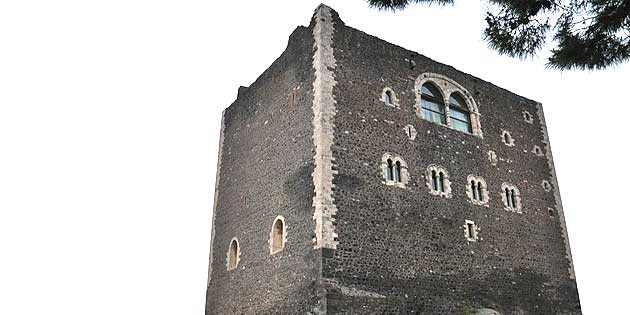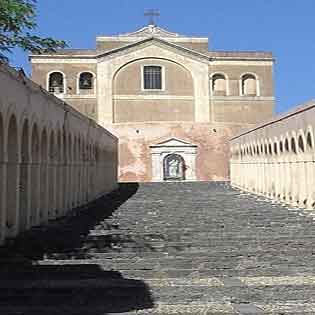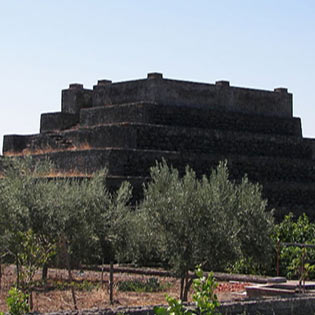Norman Castle of Paternò
The Norman Castle of Paternò, of which today only the main tower remains, the dungeon, was a complex one, the greater than the Adrano Castle and the Castle of Motta Sant'Anastasia, the other two existing dungeons in the Simeto Valley. The castle is oriented according to the cardinal points, a feature that also attributes to the castle the value of an astronomical observatory.
It was built in 1072 at the behest of the Norman Count Roger II in order to defend the territory and their home. Through the Benedictine monk Goffredo Malaterra, historical documents have come down to us stating that the castle of Paternò was built on some remains of an Arab building owned by the Muslim emirate of the time. The Norman castle of Paternò also performed administrative and residential functions. Among the characters who lived there, the best known is Frederick II of Swabia, who lived there from 1221 to 1223. The castle was later the residence of Queen Eleonora of Aragon and, later, of Queen Bianca of Navarre. The castle in Paternò finally passed into the hands of the Moncada family, who ruled the city for four centuries and who assigned the castle, in some periods, to the functions of public prisons.
The structure is made of irregular sized lava stone segments and mortar, the rectangular tower is spread over three main levels, reaching a height of 34 m. Characteristic element of the building is the contrast between the dark color of the monolithic walls and the white limestone of the square ashlars of the cantonal and the exhibits of the variegated openings.
On the ground floor there are a series of service areas and the chapel of the building dedicated to San Giovanni Battista. It consists of a rectangular room with a single nave with a semicircular apse, carved into the thickness of the eastern wall, with the vaulted roof decorated with golden wooden stars that transform it into a starry sky. The walls of the chapel are adorned with the remains of epic-religious tempera murals dating back to the period between the end of the 12th century and the first half of the 13th century. On the first floor is the arms hall where honor banquets and exercises of the nobles who resided in the castle took place. The kitchen, the lodge's quarters and the chancellery overlook it. On the north-east side is the first of the four watchtowers. On the second and top floor there are four large square rooms once used as the residence of the rulers and their guests, connected by a central corridor with two large Gothic mullioned windows, the white one on the east side and the black one on the west side. Finally, through 131 steps, you reach the roof terrace and, through two hatches, two walkways with probable military functions.



